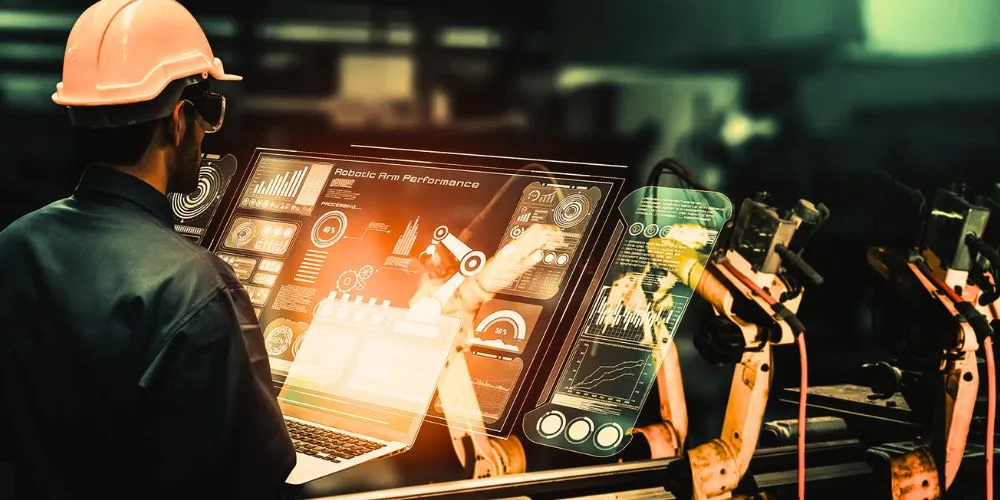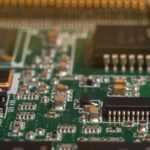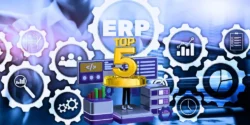Robotic hardware forms the physical foundation of robotic systems, enabling automation, autonomy, and intelligence in various industries and applications. From industrial robots and autonomous vehicles to consumer drones and surgical robots, robotics hardware encompasses various components and systems designed to perform tasks autonomously or with human guidance. With advancements in sensors, actuators, processors, and materials, robotics hardware continues to evolve, driving innovation and transformation across industries and revolutionizing how we work, live, and interact with machines.
Industrial Robots
Industrial robots are perhaps the most well-known and widely deployed type of robotics hardware. They are used in manufacturing and production environments to automate repetitive tasks such as assembly, welding, painting, and packaging. These robots are equipped with specialized end-effectors, sensors, and controllers to perform precise and complex movements with high accuracy and efficiency. Industrial robots improve manufacturing operations’ productivity, quality, and safety, allowing companies to streamline processes, reduce labor costs, and maintain competitive advantage in a global marketplace.
Autonomous Vehicles
Autonomous vehicles represent a groundbreaking application of robotics hardware, combining sensors, cameras, lidar, radar, GPS, and onboard computers to navigate and operate vehicles without human intervention. From self-driving cars and trucks to drones and delivery robots, autonomous vehicles have the potential to revolutionize transportation, logistics, and mobility, offering benefits such as improved safety, reduced traffic congestion, and increased efficiency. Robotic hardware enables autonomous vehicles to perceive their surroundings, make real-time decisions, and interact with their environment safely and effectively.
Consumer Robotics
Consumer robotics encompasses various robotic devices for personal and household use, including vacuum cleaners, lawnmowers, and companion robots. These robots leverage robotics hardware such as sensors, motors, and processors to perform tasks autonomously or with minimal human intervention, enhancing users’ convenience, comfort, and quality of life. Consumer robotics also includes educational robots and hobbyist kits, which introduce individuals to robotics and programming concepts and inspire creativity and innovation in STEM fields.
Future Trends and Innovations
Innovations in robotics hardware drive advancements in artificial intelligence, machine learning, human-robot interaction, and soft robotics. Future trends in robotics hardware include the development of lightweight and flexible materials, advanced sensing and perception capabilities, collaborative and adaptive robots, and bio-inspired designs. These advancements will enable robots to perform a wider range of tasks in diverse environments, interact more naturally with humans, and adapt to changing conditions and requirements, opening up new opportunities for automation and augmentation across industries and domains.
Conclusion
Robotics hardware enables automation, autonomy, and intelligence in various industries and applications. From industrial robots and autonomous vehicles to consumer robotics and future innovations, robotics hardware continues to evolve, driving innovation and transformation across sectors and reshaping how we work, live, and interact with machines. As advancements in sensors, actuators, processors, and materials accelerate, robotics hardware will play an increasingly important role in shaping the future of automation and robotics, unlocking new possibilities and opportunities for human-machine collaboration and advancement.










